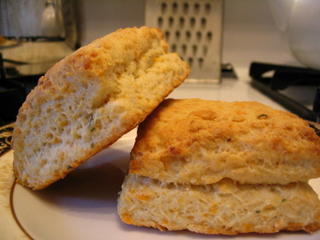
Winter, particularly its snowy, rainy, and slushy bits, is the weather for enjoying a good steaming bowl or mug of soup. I like soup. I especially like soup that has an identity. While I grew up with the ever-evolving (mutating?) pot of "Heirloom Soup", which served a terrific purpose and was generally tasty, there is certainly something to be said for creating a soup that will dependably turn out to be exactly what you are craving.
Lentil soups are often on the uninteresting side - serviceable, but not truly delicious. Oh, there are exceptions, of course, and much depends on the nature of the type of lentil being used. For a hearty yet basic brown-lentil soup that is full of vegetables, I have been developing this particular recipe for a few months now, and have come to the conclusion that it overtakes all others in terms of a go-to, dependable, delicious winter lentil soup. Its foundation is European, somewhat along the lines of an Italian soup, but I've never really tasted one quite like it. The addition of red wine vinegar at the end perks up the flavours remarkably, and contributes substantially to the overall depth of flavour.
It is much more handsome if you add a cup of finely chopped parsley (or indeed, a fine chiffonade of spinach) and stir it in right at the end, and the fresh, scarcely cooked greenery adds a certain brightness of flavour that is very pleasing, too. However, if you are planning to freeze the soup for future lunches and dinners, you may wish to leave those out, and add them upon re-heating. The soup in the photo is greenery free, because I forgot that I was out of both parsley and spinach when I started making it. It was still very tasty.
I have yet to try this as a purely vegetarian (or indeed, as it would be, vegan) soup, which would entail exchanging the beef stock for vegetable, but I am confident that this particular recipe would be delicious either way. Next time I plan to try it as a vegetarian version, with the added spinach as suggested above, and (possibly) with a little hit of cumin.
Brown Lentil & Tomato Soup
Makes about 8 cups
1 cup dry brown lentils, rinsed and drained
1 stalk of celery, strung and diced small
1 medium onion, diced small
1 1/2 cups small-diced carrots
3 garlic cloves, minced
2 tablespoons olive oil
3 cups beef stock (I use Better Than Bouillon)
2 cups water
2 bayleaves
1 14 oz./398 ml. crushed tomatoes (I prefer no salt added)
1/2 teaspoon oregano leaves (less, if powdered)
1/2 teaspoon ground white pepper
1/2 to 2 tablespoons red wine vinegar (to taste - start small)
1 cup finely chopped parsley (or spinach)
In a large soup pot, heat the olive oil and saute the onion, celery and carrots until the onions are tender and a little translucent. Season with white pepper, bay leaves, oregano, and add the garlic. Stir through. Add the drained lentils, the beef broth, the crushed tomatoes, and the water. Bring to a simmer, reduce heat, and let cook at a low temperature (bubbles just barely breaking the surface of the soup) with the lid on, until the lentils are tender - 30 to 35 minutes. Taste, and add salt if needed. If the soup is thicker than you like, stir in a little more water. Stir in vinegar, parsley (or spinach). Taste, and add more vinegar if you like.
If you like the look of the perfectly round little carrot pieces, use "baby" carrots, and simply slice them into coins. Otherwise, dice as you like. I think that a sort of evenness of size makes a soup like this the most attractive but, certainly, feel free to to adapt as the spirit moves you.











